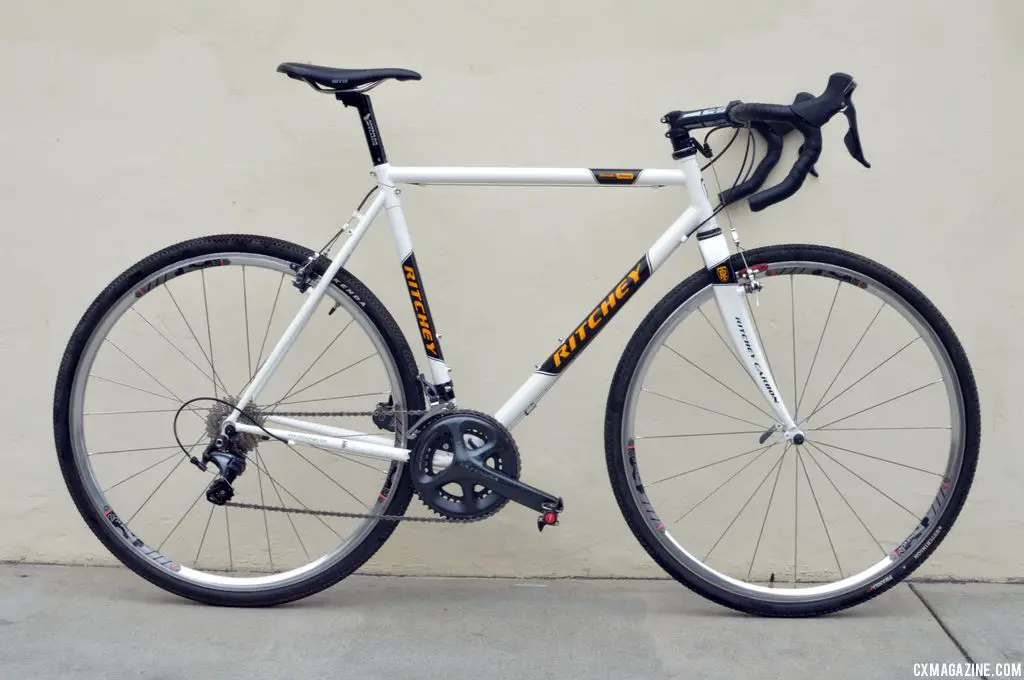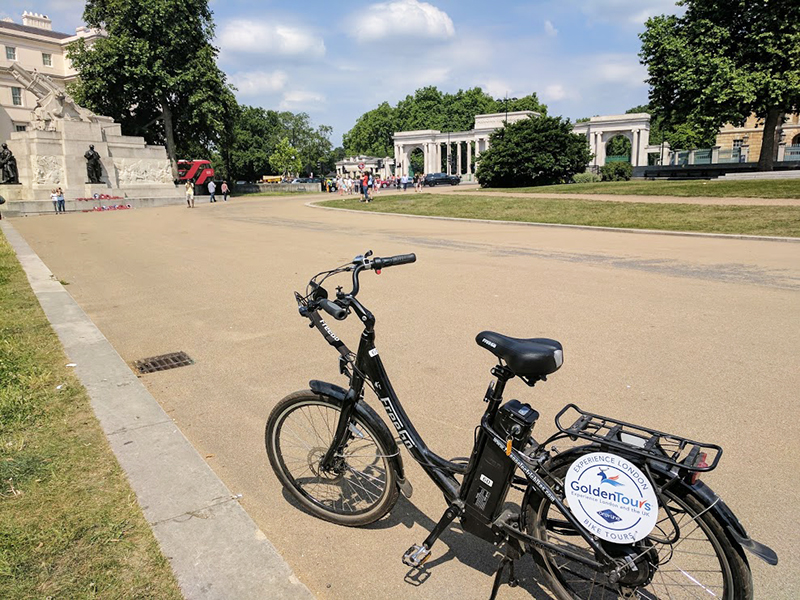
So Oxford Mathematicians Ian Griffiths and Lewis Gaul and Stuart Thomson from MIT asked the question: ‘for a given course profile and rider statistics, what is the optimum time to make a breakaway that maximizes the finish time ahead of the peloton?’ On the other hand, if the cyclist breaks too late then they reduce their chance of a large winning margin. As a result, a conflict emerges: if the cyclist breaks away too soon then they risk fatigue effects kicking in before the finish line and being caught by the peloton. However, the cyclist will not be able to sustain this extra force indefinitely, with fatigue effects coming into play. In doing so, the rider must provide an additional pedal force to offset the effects of air resistance that would otherwise be mitigated by riding in the peloton. However, if a cyclist wishes to win a race or a Tour stage then they must decide on when to make a break. With energy savings of up to around a third when cycling in the peloton compared with riding solo, it is energetically favourable to stay with the main field for the majority of the race. The main reason for this behaviour is that cycling in a group reduces the air resistance that is experienced by a cyclist. Long-distance cycle races, such as a Tour de France stage, typically follow a prescribed pattern: riders cycle together as a main group, or peloton, for the majority of the race before a solo rider, or small group of riders, makes a break from the peloton, usually relatively close to the finish line.

Such incremental improvements in performance come from a wide range of specialists, including sports scientists, engineers, and dieticians. For example, the 2017 Tour de France was won by a margin of less than one minute for a total race time of more than 86 hours.

Cycling science is a lucrative and competitive industry in which small advantages are often the difference between winning and losing.


 0 kommentar(er)
0 kommentar(er)
